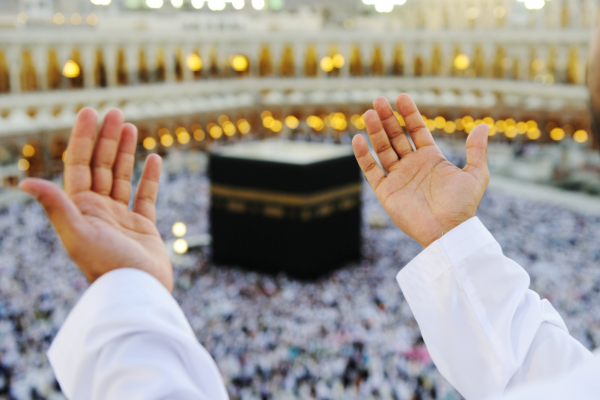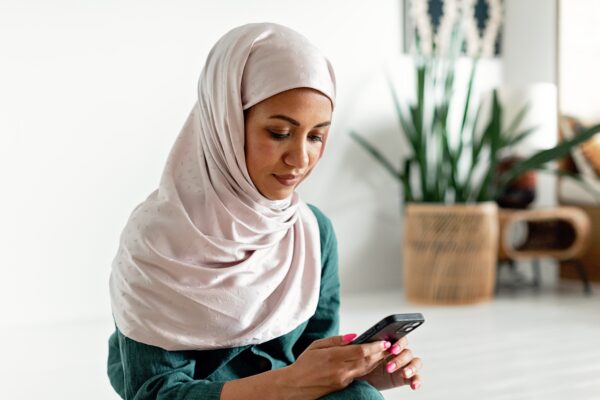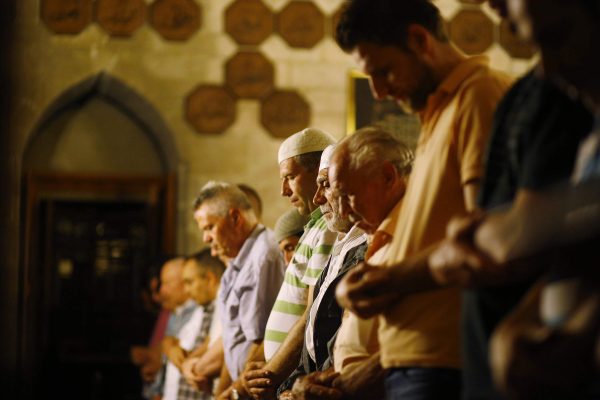How did we find the Qibla before apps? 🤔
How did we find the Qibla before apps? 🤔
Today, we have smartphone apps to tell us the Qibla direction no matter where in the world we are, and some of our prayer rugs are even built with a Qibla compass. But how did people find the Qibla when this technology was not around?
Finding the Qibla In The Early Islamic Years
The Prophet Muhammad (PBUH) spent his life in one of two cities, Mecca and Medina. In Mecca, of course, there was no need to calculate the Qibla. In Medina, it was known the direction was due south. However, when the Islamic empire grew, the need to calculate the Qibla direction became widespread. Initially, the early Muslims would use the direction of the road leaving their city towards Mecca to determine the Qibla.
Later, in the second century AH, a symbolic world map with the Kaaba at its centre was used.
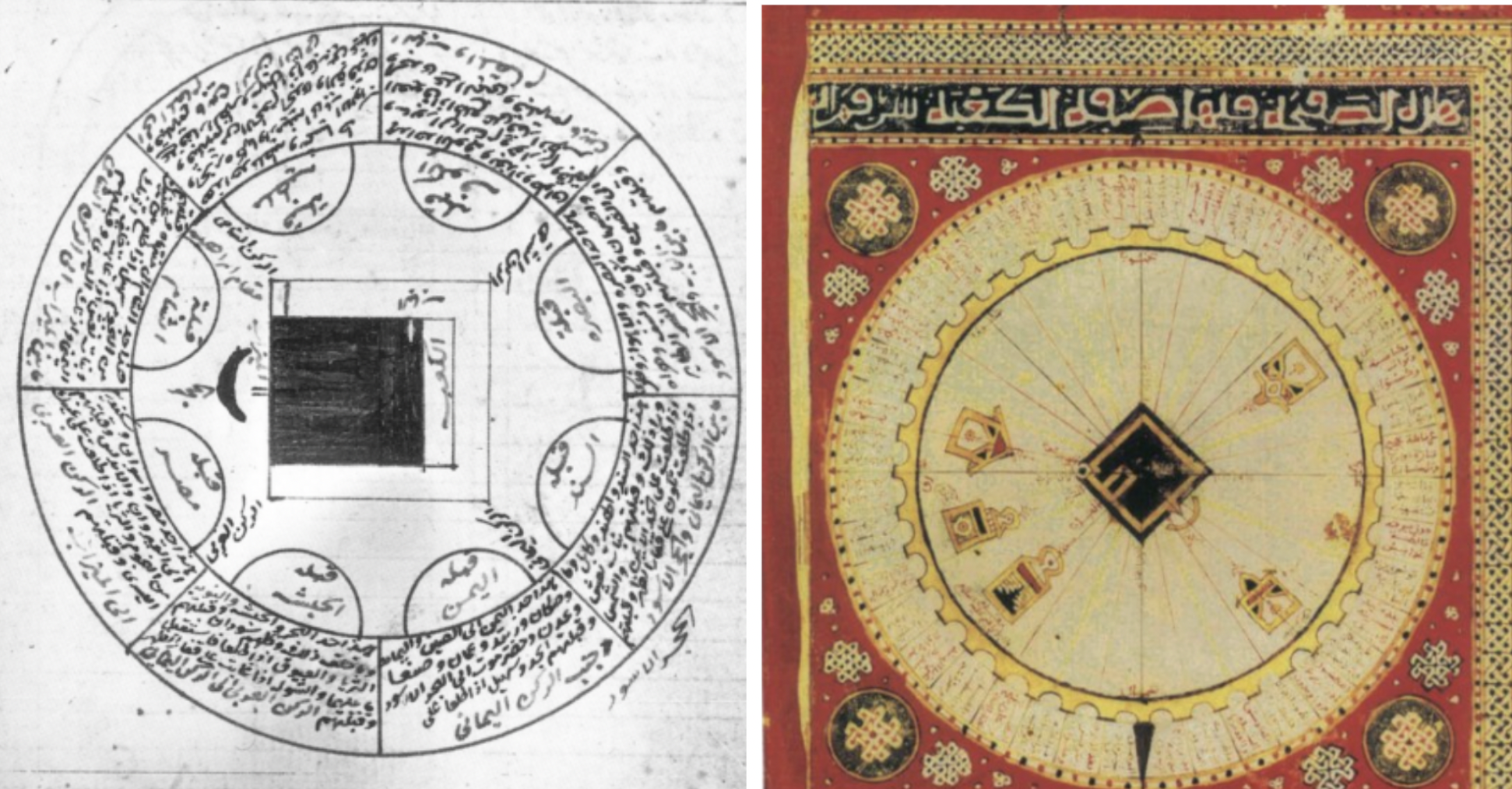
Symbolic world maps with the Kaaba as the centre (2nd to 10th century AH)
As Islam spread further and further away from Mecca, there became a greater need for more accurate ways to determine the Qibla. The map below shows how geographic coordinates were taken from Mecca and the locality where Qibla was to be determined and placed on a rectangular grid map with straight lines drawn to determine the angle from various other locations.
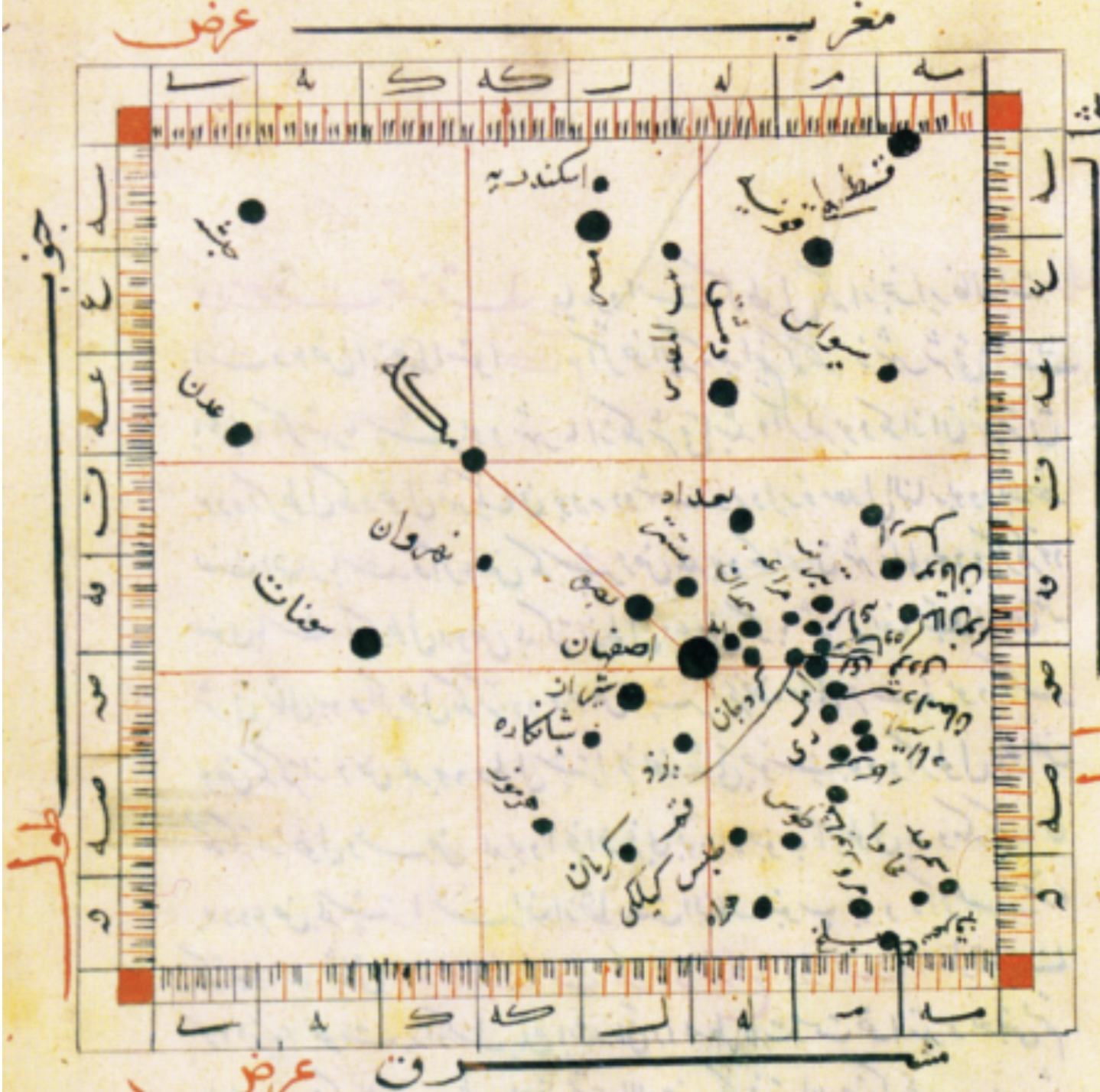
The Advent of Magnetic Water Compasses
The next major breakthrough came in 13th-century China. The first magnetic water compasses were made using a bowl filled with water and a magnetised iron needed. After determining the compass’s true north, one would count a specific number of degrees along the rim to determine the Qibla.
Next Came Sundials and Shadows
By marking the points on a circle where the shadow cast by the sundial reaches just before noon and again towards evening, one would be able to determine the East-West line and the North-South Meridian. If one knew the difference between the longitude and latitude of Mecca and one’s own location, they could geometrically find the Qibla – or an approximate.
The Curved Triangle
Mathematical models to determine the Qibla direction first saw light in 900CE, when Abu al-Wafa Buzhjani discovered the Spherical Sine Rule:
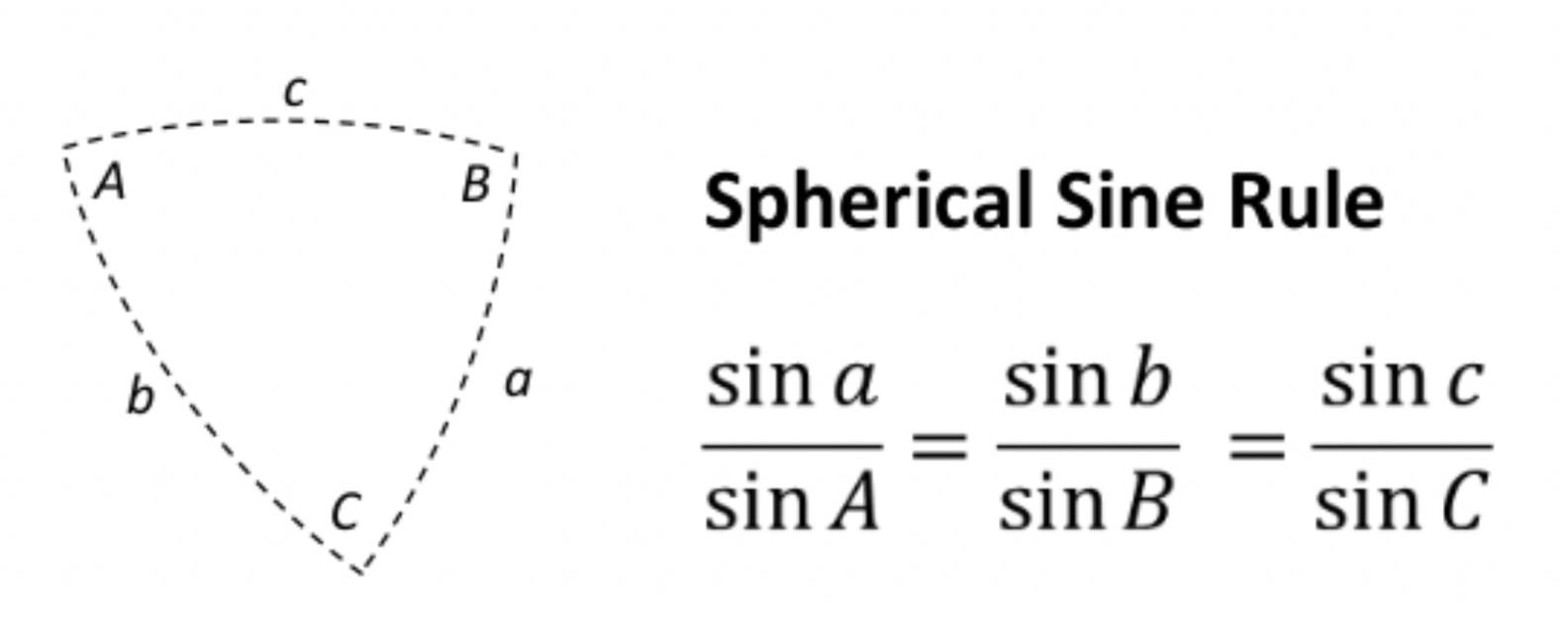
This is the rule used in modern Qibla apps, such as the Qibla watch. As we now know, the Earth is not flat but spherical. The determining of Qibla direction, using astronomy and spherical trigonometry, is a Fardu Kifayyah– which means that within a community, it is obligatory for at least someone to have knowledge of it. And at a time when Europeans believed that the Earth was flat, Muslim scientists knew how to correct for the Earth’s curvature.
Our Muslim forefathers spearheaded the intellectual advancement of mankind and proved that the Holy Qur’an and science were not diametrically opposing. The Golden Age of Islam is indeed a period of history that we, as Muslims, should feel proud of.
